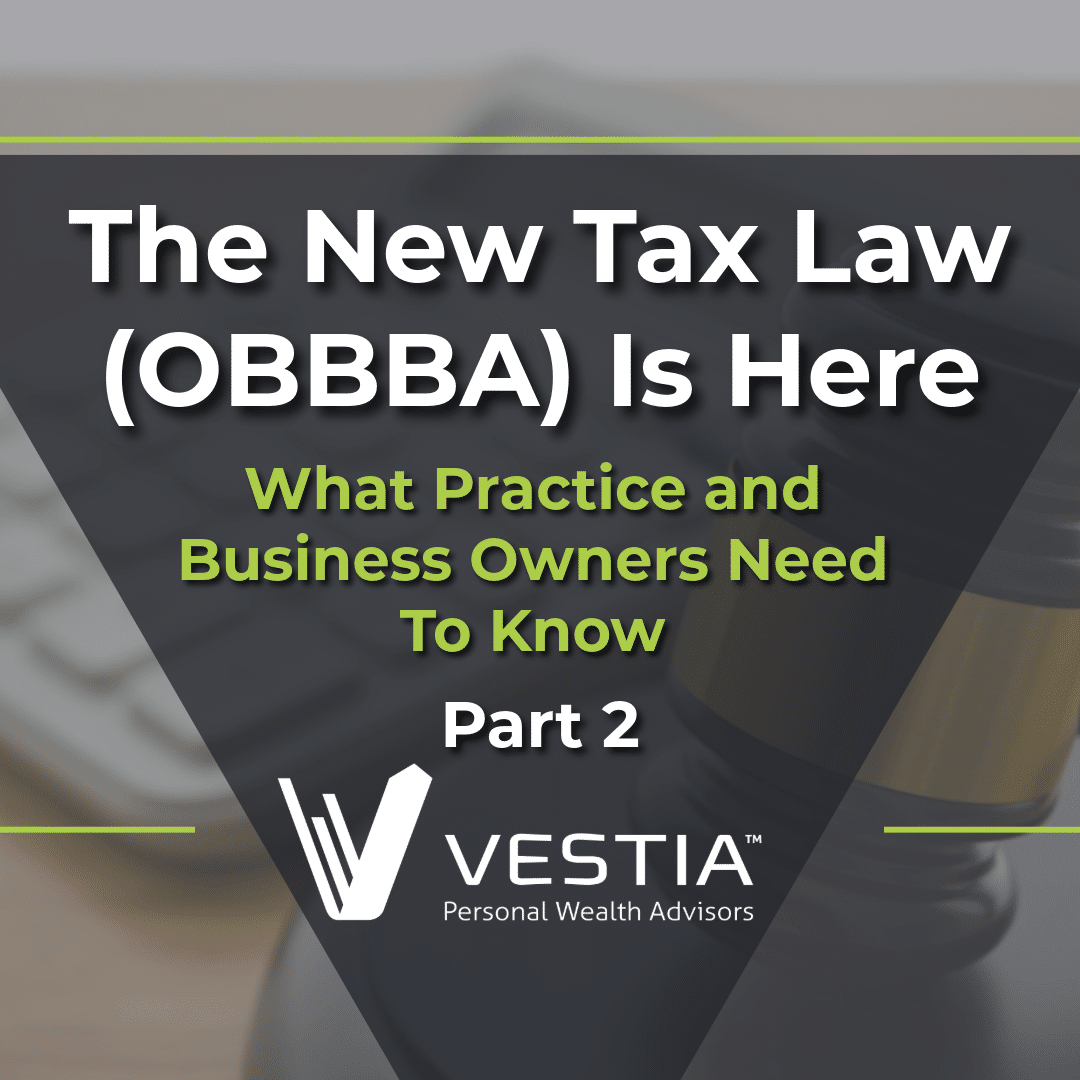When you look at your investments, you’re likely only seeing if you made or lost money. That high-level snapshot isn’t comprehensive enough to determine how well your assets are really doing, if you’re on track, if you need to make changes, etc.
Is there a more accurate way to depict your portfolio’s performance long-term?
Yes!
You’ll run across a couple of ways of viewing and interpreting that data:
- Time-weighted returns
- Money-weighted returns
Each model uses different metrics to determine how well your portfolio (401k, brokerage account, IRA, 529, etc.) “performed” over a certain period. But is one better or more accurate than the other?
Let’s put each model under the microscope and see which presents what we believe are the most accurate results.
Understanding Time-Weighted Returns
Regarding portfolio performance, time-weighted returns (TWRR) consider portfolio activity over a set period broken into several intervals.
TWRR is a measure of the compound growth in a portfolio and is not impacted by the timing of external cash flows. So, if you struck gold and made a $15,000 deposit when the markets went up, that factor won’t skew your overall performance metrics. The same is true if you withdrew an unexpected $15,000.
Because of the structure, time-weighted returns compare your portfolios to larger benchmarks, like the S&P 500. At Vestia, we look at your portfolio’s performance from this time-centric lens.
Why?
Because we believe it offers a more unbiased report of your portfolio’s behaviors. In terms of “total returns,” cash flow timing is subjective, making it challenging to use as a benchmark.
The BlackJack Comparison
Trying to better understand time-weighted returns? Let’s take the game of blackjack as an example.
Say you’re playing three hands in blackjack. In the first two hands, you bet $1 and win both—amazing. But, on the last hand, you place a $10 bet and lose.
Even though you’re in the black dollar-wise (you lost $8), you picked more winning hands than losing hands (two out of three). And that’s nothing to scoff at—professional players would love those odds.
The Pros and Cons of TWRR
Pros: TWRR is the most accurate for evaluating fund managers because they can’t control the size or timing of cash flow or withdrawals. It’s also more reliable in tracking the broad performance of funds or market indices.
Cons: If your portfolio sees a lot of fluctuating cash flows, time-weighted returns can be difficult to calculate on your own.
Understanding Money-Weighted Returns
Money-weighted returns (MWRR), also referred to as the internal rate of return (IRR), look at the compound growth in the value of all funds invested within a set period. In other words, it measures the dollar return of the portfolio in its totality.
For a long-term investment, MWRR puts more ‘weight’ on the fund’s performance when the account is at its peak.
Unlike TWRR, MWRR does include external cash flows in its calculations, which makes it sensitive to the timing and frequency of cash flows, withdrawals, size, and more. If there are no cash flows within a portfolio, TWRR and MWRR will deliver the same results.
BlackJack Is Back
Let’s build on the blackjack analogy to explain MWRR better.
Again, we’ll assume you play three hands. In the first two hands, you bet $1 and lose both. But, on the last hand, you bet $10 and win! Even though you lost more times than you won, your dollar return would have you come out on top.
Pros and Cons of MWRR
Pros: MWRR can be a valuable tool for evaluating your personal returns and investment performance.
Cons: MWRR is less valuable for larger fund managers and lacks accuracy when comparing your portfolio to industry benchmarks.
Battle of the Models: Time Versus Money-Weighted
Understanding the nuances of each model can be confusing, so let’s work through another example of how these two calculations work:
Investor A and Investor B each have $10,000 and invest in the same fund on January 1. Since then, Investor A added $50,000, and investor B liquidated half of their investment during the period.
So Investor A must be doing better, right?
If you’re only using a money-weighted return model, that might be true.
But if you examine it from a time-weighted model, even though Investor A has more money, we wouldn’t factor in cash flow, purchases, or redemptions, which could falsely alter the total percentage of returns.
In this scenario, each investor received a 10% rate of return. That’s possible because we looked at the returns of the actual investments period, not what each investor put in or took out of the account.
Which Is Better: Time or Money-Weighted Returns?
As always, the answer depends on what you’re trying to track.
At Vestia, we tend to focus on time-weighted returns because of the independence from individual cash flows. More often than not, this calculation ends up being more accurate to see how you’re doing on a larger scale and how your portfolio compares to benchmarks.
Even though MWRR accurately calculates your rate of return, it may not be the best measure of performance of your money manager since the money manager doesn’t control external cash flows.
At the end of the day, it’s important to calculate an investment rate of return to ensure that you’re staying on track to reach your goals. If you’d like to understand your portfolio’s performance better, get in touch with our team at Vestia.
Disclosures
Investment advisory services offered through Vestia Personal Wealth Advisors, Vestia Retirement Plan Consultants, and Vestia Advisors, LLC. Securities offered through Ausdal Financial Partners, Inc., 5187 Utica Ridge Rd, Davenport, IA. 52807 (563)326-2064. Member FINRA/SIPC. Vestia Personal Wealth Advisors, Vestia Retirement Plan Consultants, Vestia Advisors, LLC, and Ausdal Financial Partners, Inc. are independently owned and operated.
This material is intended for informational purposes only. It should not be construed as legal or tax advice and is not intended to replace the advice of a qualified attorney or tax advisor. This information is not an offer or a solicitation to buy or sell securities. The information contained may have been compiled from third-party sources and is believed to be reliable. All investing involves risk, including the loss of principal.


